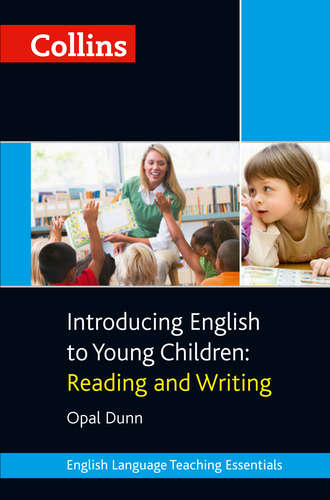Collins Introducing English to Young Children: Reading and Writing

Полная версия
Collins Introducing English to Young Children: Reading and Writing
Язык: Английский
Год издания: 2019
Добавлена:
Настройки чтения
Размер шрифта
Высота строк
Поля
Конец ознакомительного фрагмента
Купить и скачать всю книгу
